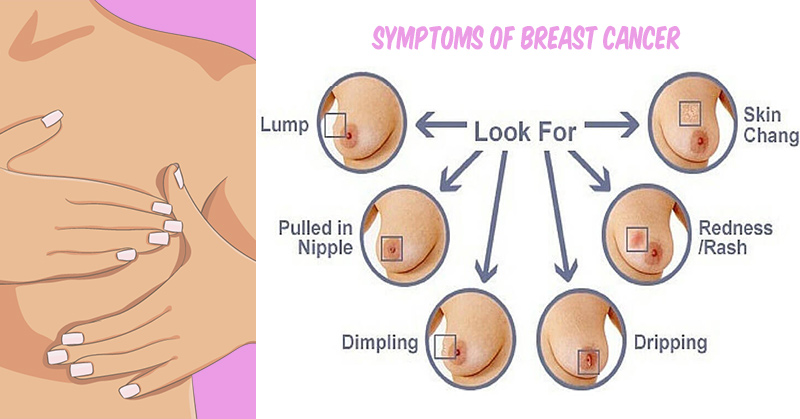The reality is that breast cancer is on the rise, in fact one in eight women who live to the age of 85 will develop breast cancer over her lifetime. Another interesting fact is that about 80% of women diagnosed with breast cancer have no family history of breast cancer. What this mean, is that we all need to take steps for prevention, even though our families may not appear to put us at higher risk. Let’s talk about how to perform a breast cancer self exam at home.
Breast Cancer Self Exam Tips
There continues to be significant controversy about the safety and efficacy of mammograms, making screening choices difficult! In terms of efficacy, according to a 2010 study in the New England Journal of Medicine, mammograms appear to reduce cancer death rates by 0.4 deaths per 1000 women. In other words, 2500 women would have to be screened over 10 years for a single breast cancer death to be avoided (1). And for younger women, meaning age 40-49, routine mammograms miss approximately 40% of breast cancer due to dense breast tissue, which can obscure tumors.
In terms of safety mammograms expose women to radiation that may actually cause breast cancer. Although this risk is small, it is cumulative meaning the more mammograms you have, the higher total risk.
Interestingly, 70% of breast cancers are found through breast self-exams! Learning how to do a proper self breast exam is an extremely valuable skill. In the large Canadian National Breast Screening Study-2 with 40,000 women, it was shown that yearly mammograms for women ages 50-59 did not lower breast cancer mortality compared to yearly physical examinations alone. The authors of the study concluded that annual physical breast exam, plus teaching breast self-examination for may be a valid alternative to yearly mammography for women over 50 (2).
How to do a breast cancer self exam
A breast exam should be done once per month to look for changes in breast tissue. There are three steps:
In the shower
Move around your entire breast in a circular pattern from outside to centre with the pads of your fingers. Check the entire breast and armpit area too. You are feeling for any lump, thickening or hardened knots.
In front of the mirror
Look at your breasts first with your arms at your side, and next with your arms raised overhead. Notice any changes in contour, swelling, dimpling of the skin or changes in the nipples. Then put your palms on your hips and flex your chest muscles – again look for any visual changes, keeping in mind that both sides won’t necessarily match.
Lying down
The best way to feel breast tissue is to lie down with a pillow under your right shoulder, and your right arm behind your head. Use your left hand to mover around your right breast in small, circular motions covering the entire breast and armpit. Use light, medium and firm pressure. Also squeeze the nipple to check for discharge and lumps. Repeat for the left breast.
Signs that should be followed up with your healthcare practitioner:
- A change in your breast’s size of shape
- Skin changes on the breast, such as indentation or dimpling
- A breast lump or thickening that feels different from the surrounding tissue
- An unusual discharge from the nipple, especially if it is bloody.
- Peeling or flaking of the nipple
- Enlarged lymph nodes, or swelling in your armpit
- A change in the colour and texture of the skin on your breast – looking like the skin of an orange.
Sources
- Mette Kalager, M.D., Marvin Zelen, Ph.D., Frøydis Langmark, M.D., and Hans-Olov Adami, M.D., Ph.D. . Effect of Screening Mammography on Breast-Cancer Mortality in Norway.N Engl J Med 2010; 363:1203-1210. September 23, 2010.
- Miller, AB, To, T, Baines, CJ, Wall, C. Canadian National Breast Screening Study-2: 13 Year Results of a Randomized Trial in Women Aged 50-59 Years. J Natl Cancer Inst 2000; 92(18): 1490-1499.
- Thompson LU, Chen JM, Li T, et al: Dietary flaxseed alters tumor biological markers in postmenopausal breast cancer. Clin Cancer Res 2005;11:3828-3835.
- Rinaldi S, Peeters PH, Berrino F, et al: IGF-I, IGFBP-3 and breast cancer risk in women: The European Prospective Investigation into Cancer and Nutrition (EPIC). Endocr Relat Cancer 2006;13:593-605.
- Lann D, LeRoith D: The role of endocrine insulin-like growth factor-I and insulin in breast cancer. J Mammary Gland Biol Neoplasia 2008;13:371-379.
- Shi R, Yu H, McLarty J, et al: IGF-I and breast cancer: a meta-analysis. Int J Cancer 2004;111:418-423.
- Baglietto L, English DR, Hopper JL, et al: Circulating insulin-like growth factor-I and binding protein-3 and the risk of breast cancer. Cancer Epidemiol Biomarkers Prev 2007;16:763-768.
- American Institute for Cancer Research. New Estimate: Excess Body Fat Alone Causes over 100,000 Cancers in US Each Year [https://www.aicr.org/site/News2/153571380?abbr=pr_&page=NewsArticle&id=17333&news_iv_ctrl=1102 ]
- Holmes, MD, Chen, WY, Feskanich, D, et al. Physical activity and survival after breast cancer diagnosis. JAMA. 2005: 293(20:247902486.
- Friedenreich CM: The role of physical activity in breast cancer etiology. Semin Oncol 2010;37:297-302.
- Chen WY, Rosner B, Hankinson SE, et al: Moderate alcohol consumption during adult life, drinking patterns, and breast cancer risk. JAMA 2011;306:1884-1890.
- Boyle P, Boffetta P: Alcohol consumption and breast cancer risk. Breast Cancer Res 2009;11 Suppl 3:
